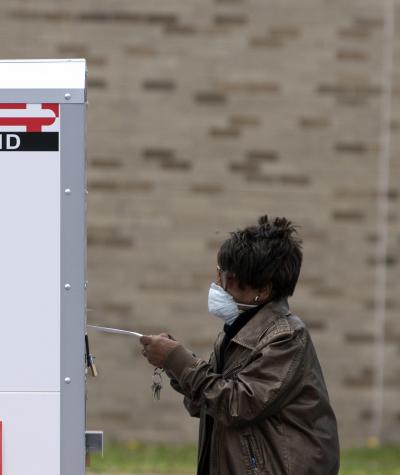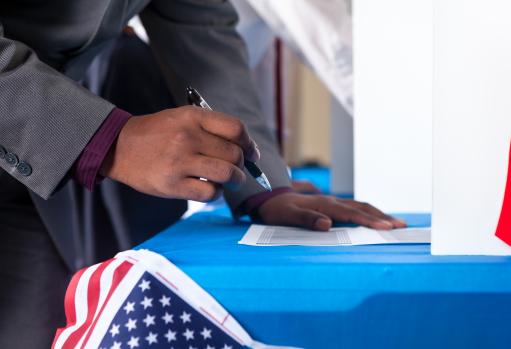This blog was written John Gardner, a senior consultant for Campaign Legal Center (CLC). Gardner served on the Postal Service Board of Governors.
This year, more and more Americans are planning to take advantage of a variety of ways to exercise their franchise both on Election Day and up to several weeks in advance. Voting-by-mail has attracted a great deal of attention recently, but there are other methods of participation.
Two in particular implicate “voting-by-mail” because they rely on the Postal Service for the first half of the equation: the delivery of a valid, official ballot to voters.
The first is obvious. Eligible voters generally have the opportunity to return their valid, completed ballot, conforming with any state requirements such as signatures, to the board of elections by a specified date, generally either the day before an election or on Election Day itself.
These voters still depend on the U.S. Postal Service (USPS) to get their ballots to them, which is one reason why the recent court orders mandating the treatment of election mail as First-Class Mail are so helpful.
Voters should still request their ballots as early as possible to give themselves time both to receive it and to travel to the board of elections to vote. But for many voters, this could be a good option. They can avoid lines on Election Day while having the security of knowing that their ballot has been received – and will be counted.
The second is similar but involves the use of official dropboxes to receive ballots. Some states have expanded these dramatically to give people additional locations at which to vote. Placing a ballot in these secure dropboxes constitutes receipt of a valid ballot if the voter has done so before the deadline.
It’s important to dispel the notion that USPS operates these dropboxes. Actually, USPS doesn’t control them at all. Instead, local election officials do. But using them still requires a voter to request a ballot from the elections board, except in states that are either universal vote-by-mail or those that have mailed a ballot application form to all voters.
For situations in which a voter’s ballot is delayed, whether from requesting it late, delays at the elections office in sending ballots, or delays from USPS, voting-by-dropbox could be an important means of ensuring that people can vote without having to wait in long lines at a polling station.
Dropboxes have been in the news recently, notably in Ohio, where the Secretary of State issued an order that there could only be one dropbox per county, at the board of elections office – in essence, making the dropbox only a receptacle for ballots there.
A court then blocked the order, opening the possibility that there should be more secure dropboxes at other public places, such as libraries, to make it easier for people to vote, particularly during this pandemic.
Regardless of the outcome of the Ohio case, the bottom line is that everyone involved in elections should be doing what they can to make it easier for voters to vote safely and securely – both for their own health and the security of the ballot.
Whether USPS is responsible for both halves of the journey of a voter’s ballot or only the first, the goal should be to expand, not restrict, options for voters to cast their ballots in a timely manner.
And that applies particularly in an age when many younger voters are unfamiliar with the concept of a dropbox because they don’t use the mail regularly. Many young people think of ‘dropbox’ and associate the word with the file storage application on their phone rather than a secure place to cast their vote.

